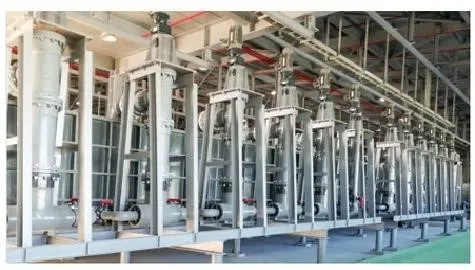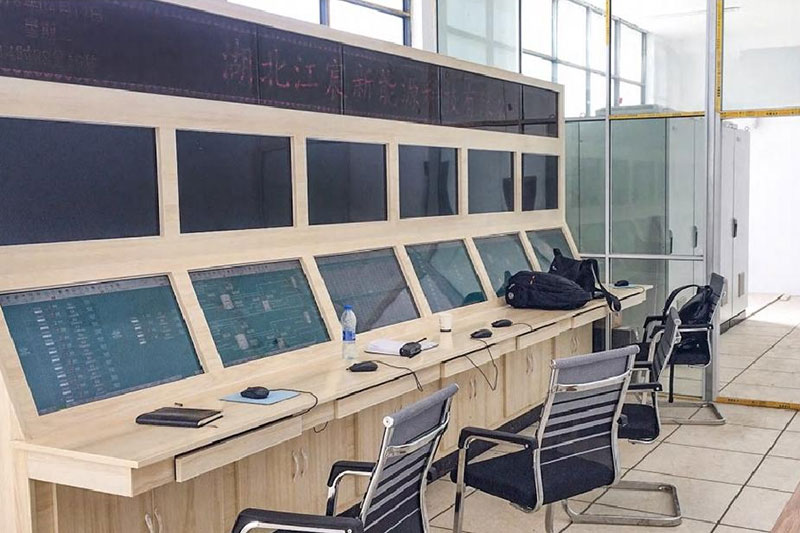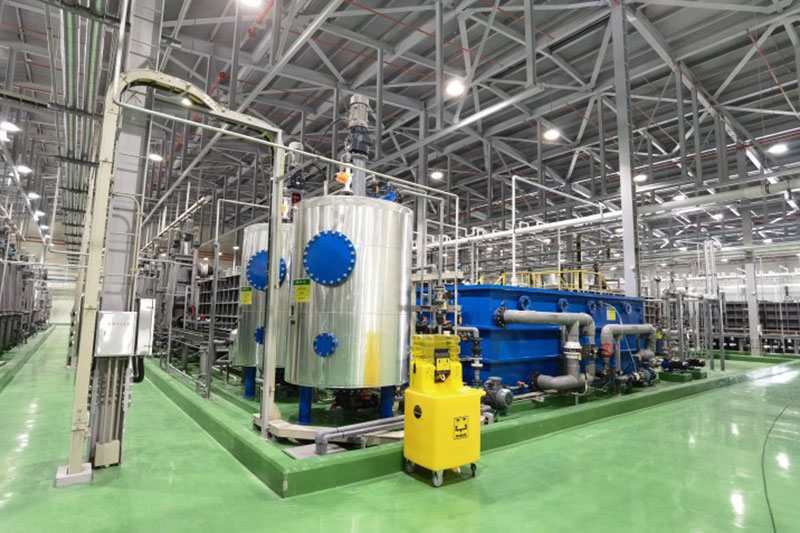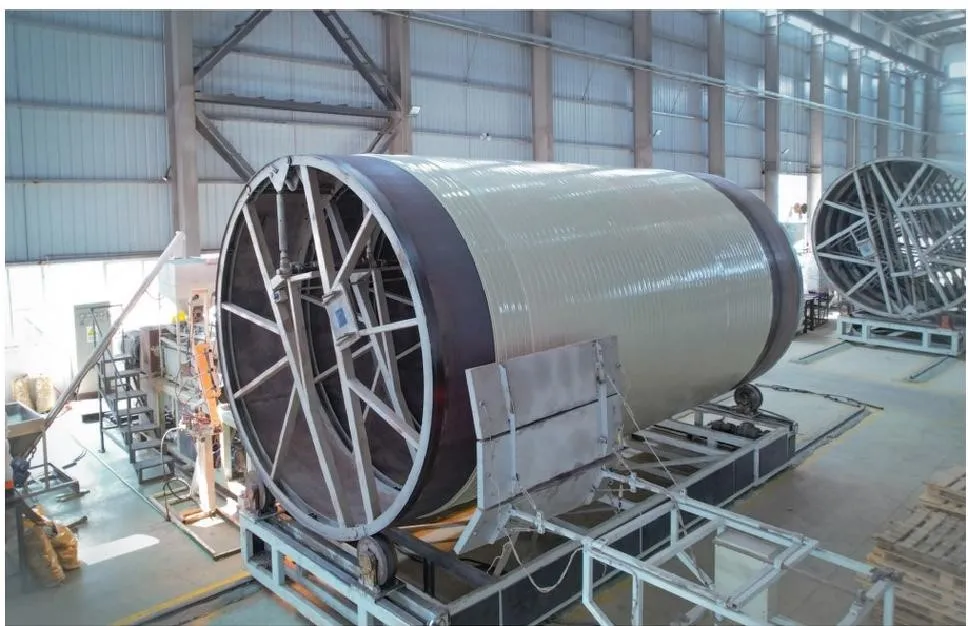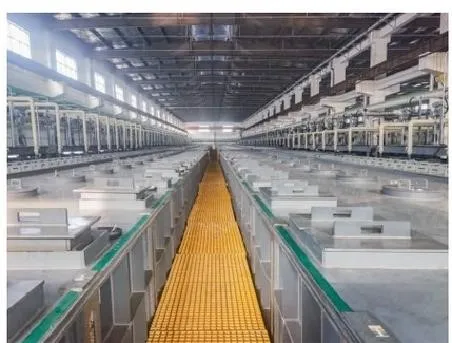The sheer volume of retired lithium‑ion batteries has created a massive recycling headache, with traditional methods like smelting wasting resources and harming the environment. If this problem is left unchecked, critical metals such as lithium, nickel and cobalt will remain locked in waste, mining will stay rampant and carbon emissions will escalate. The solution lies in regenerative electro‑hydrometallurgy, a cutting‑edge process that uses electricity and water‑based chemistry to recover valuable metals efficiently and sustainably.
Regenerative electro‑hydrometallurgy is an advanced battery‑recycling technique that merges electrochemistry and hydrometallurgy: it uses aqueous solutions and electrical current to extract high‑purity metals from end‑of‑life lithium‑ion batteries, recapturing and regenerating the processing fluids in a closed‑loop, circular‑economy system.
This article will delve into how the technology works, why it matters and what challenges remain.
In the following sections, we’ll explore the key steps of the process, the benefits for material recovery and the environment, and the outlook for large‑scale deployment.
Indice dei contenuti
1. What this process actually entails
Regenerative electro‑hydrometallurgy builds on hydrometallurgy (which uses aqueous leaching to recover metals) and adds an electro‑step (using an electric current to plate or precipitate metals).
First, spent lithium‑ion batteries are safely discharged, dismantled, shredded and separated to yield a so‑called “black mass” containing valuable metals.
Next, this black mass is treated in a dilute acidic (or otherwise aqueous) solution where the metal species are dissolved (the hydrometallurgical leach).
Then, instead of relying purely on chemical precipitation, the process uses an electrical current to selectively plate high‑purity metals (nickel, cobalt, lithium, etc.) out of the solution — that’s the “electro” part.
Crucially, the solution (leachate, process fluids) is regenerated and reused in a closed loop — hence “regenerative”. This reduces waste streams, chemical consumption and environmental burdens.
2. Why it matters for battery‑materials supply & environment
Higher recovery, lower impact
Compared with traditional pyrometallurgy (smelting batteries at high temperature) or older hydrometallurgy alone, regenerative electro‑hydrometallurgy offers:
-
Higher metal recovery rates and purer individual metal outputs (not just salts) making the output directly usable for battery manufacturing.
-
Lower energy consumption and reduced greenhouse‑gas emissions, since high‑temperature furnaces and extensive chemical reagents are replaced by electrical plating in aqueous medium.
-
Reduced waste generation, because the regeneration of process fluids minimizes landfill or chemical disposal. Some sources estimate up to ~95% less waste than conventional hydrometallurgy.
Circular economy and strategic supply
As demand for lithium‑ion batteries (for EVs, ESS, portable electronics) grows, recycling becomes essential to reduce dependence on virgin mining of lithium, cobalt, nickel and other critical materials.
Regenerative electro‑hydrometallurgy plays a key role in enabling a circular supply chain: used batteries become a source of high‑value metals rather than waste. It also supports ESG goals and regulatory mandates in many markets.
3. Key process benefits and commercial status
-
Closed‑loop operation: Systems are designed to recapture and reuse leaching chemicals and plating baths instead of discarding them, thereby reducing environmental footprint and operational expense.
-
Purity of output: The “electro” plating produces metals in a form more readily usable by battery or chemical manufacturers, improving recyclate value.
-
Scalability underway: Companies have piloted such processes in North America, signalling commercial transition.
4. Challenges and considerations
While promising, the technology is not without hurdles:
-
Feedstock variability: End‑of‑life lithium‑ion batteries come in many chemistries (LFP, NMC, NCA, etc) and designs, complicating standardisation of treatment.
-
Pre‑treatment complexity: Efficient separation, shredding, binder removal and safe handling are still labour‑intensive and critical for downstream success.
-
Capital investments: Setting up closed‑loop electro‑hydrometallurgical plants with robust regeneration systems requires considerable upfront cost and engineering.
-
Regulatory & logistic frameworks: Collecting, transporting and processing spent batteries safely and economically remains challenging in many regions.
5. Implications for industrial players like TYIC
For a company such as Hangzhou Tianyicheng New Energy Technology Co., Ltd. (TYIC), which designs and manufactures extraction and environmental‑protection equipment, regenerative electro‑hydrometallurgy offers meaningful opportunities:
-
TYIC can supply customised modules (for battery‑black‑mass leaching, electro‑plating cells, regeneration loops) for clients entering battery‑metal recycling.
-
Integration of this process aligns well with TYIC’s strengths in corrosion‑resistant tanks, waste‑gas/wastewater treatment systems, and tailored EPC services for the energy and environmental sectors.
-
As clients in lithium‑battery‑materials, non‑ferrous‑metal‑processing and environmental‑protection industries increasingly demand efficient, circular solutions, positioning TYIC into a high‑growth sector.
-
TYIC can emphasise the environmental compliance, efficiency, and customisation features of its equipment to serve partners seeking to adopt regenerative electro‑hydrometallurgy.
In summary: regenerative electro‑hydrometallurgy offers a promising and sustainable way to recycle lithium‑ion batteries, recovering high‑value metals in a closed‑loop, low‑waste manner. For manufacturers and services providers in advanced extraction and environmental equipment, embracing this route can unlock new business opportunities while contributing to the circular‑economy transition.
This article outlined the process, benefits, challenges and strategic implications in objective, third‑person terms.
In short: the technology transforms end‑of‑life batteries into tomorrow’s resources — efficiently, cleanly and sustainably.
